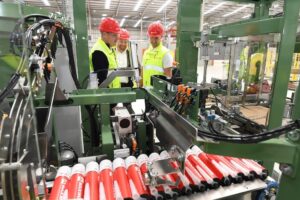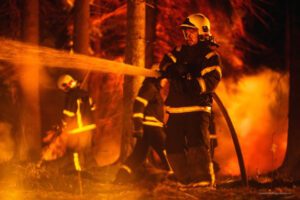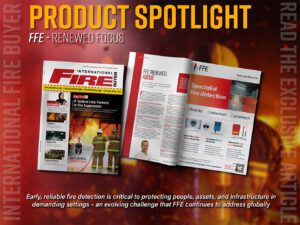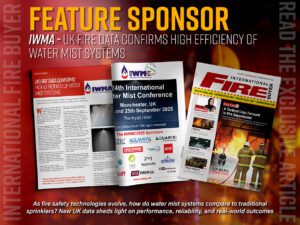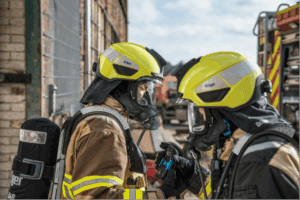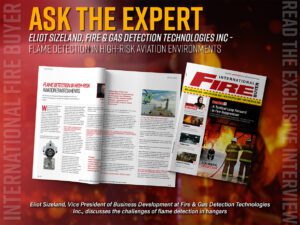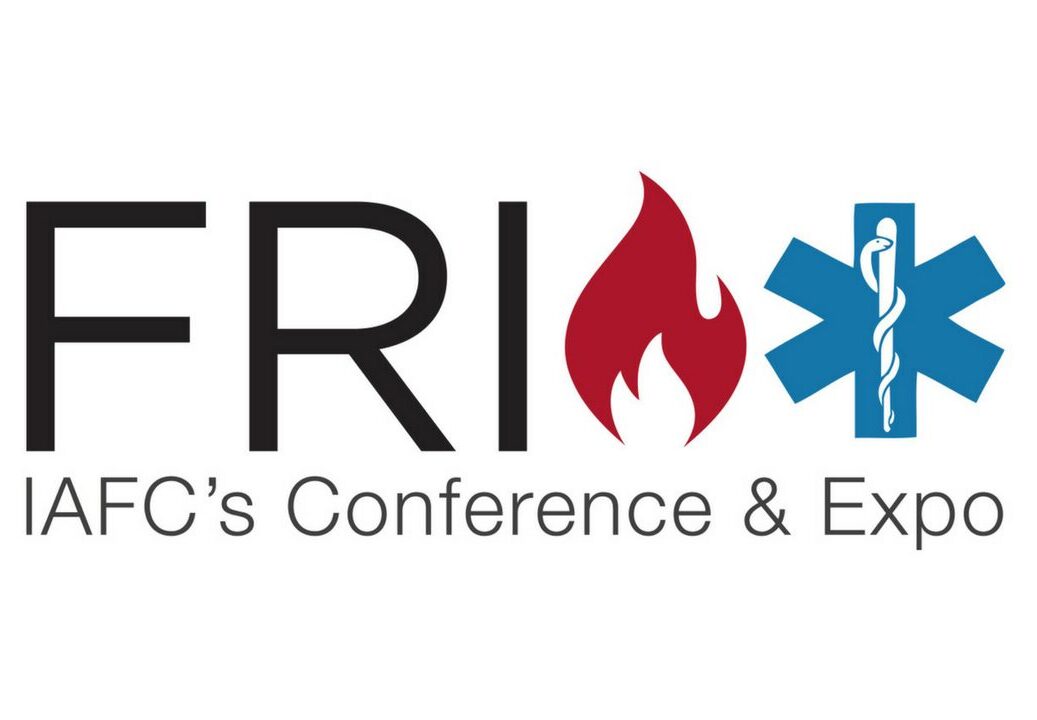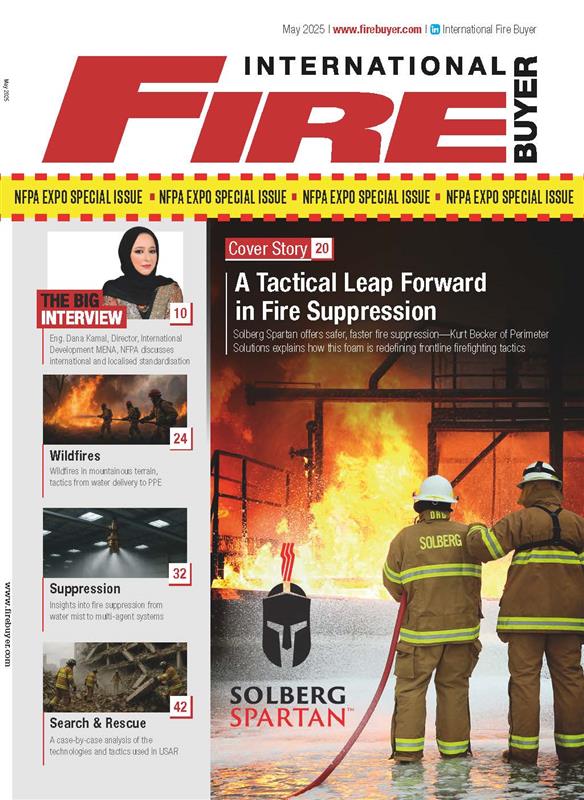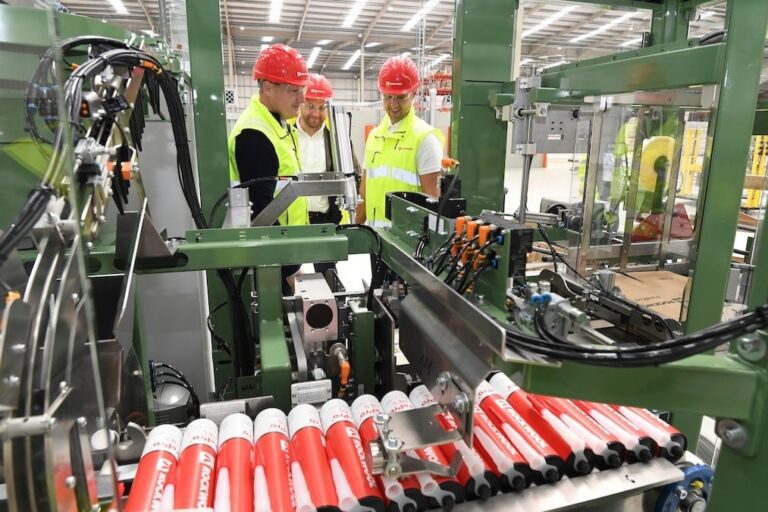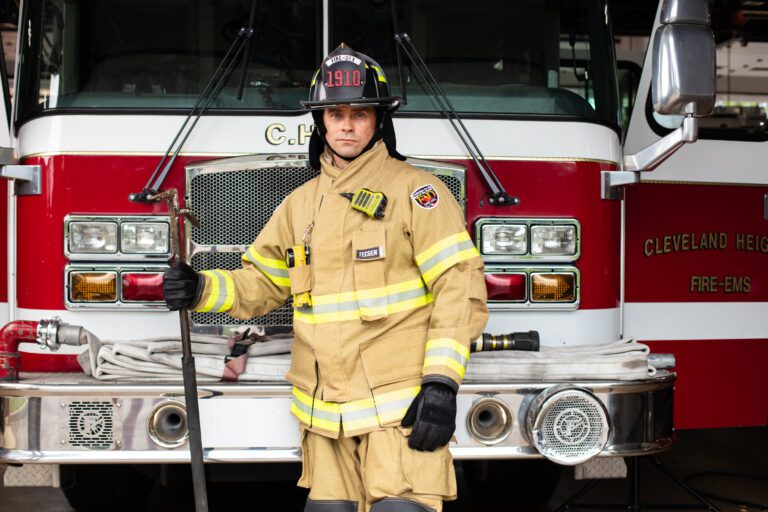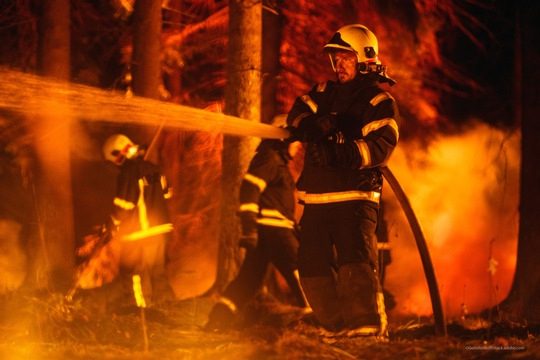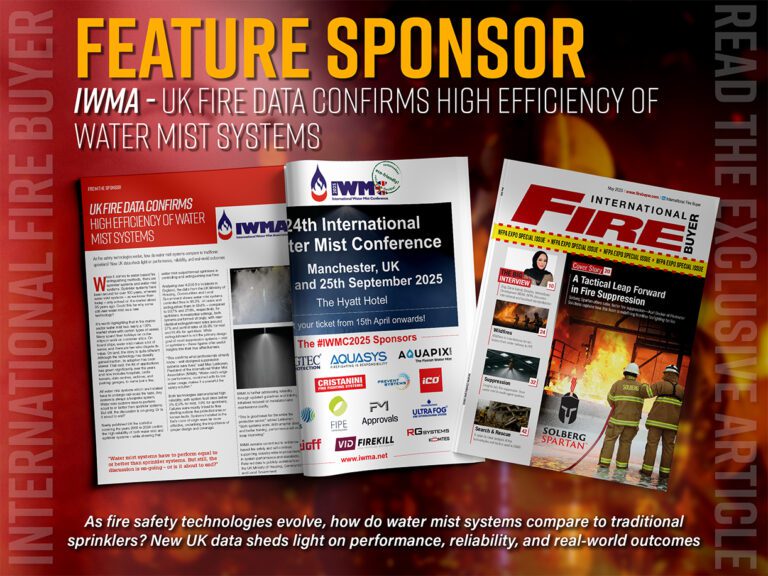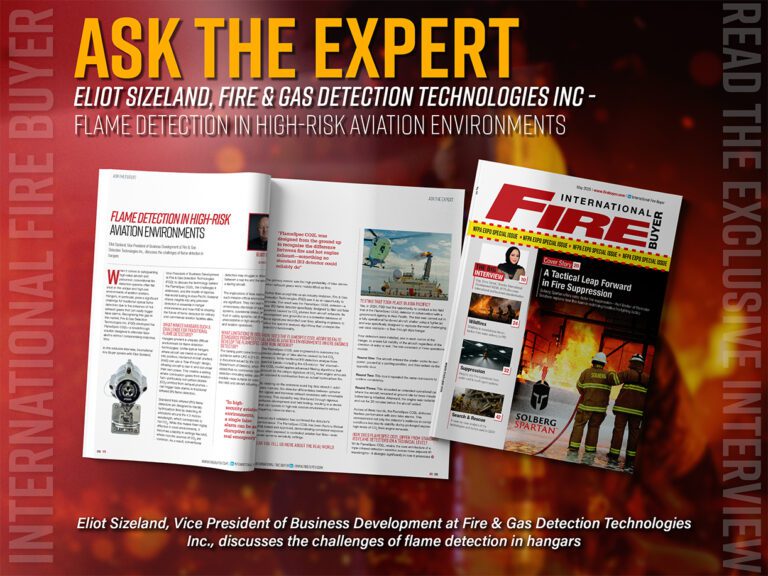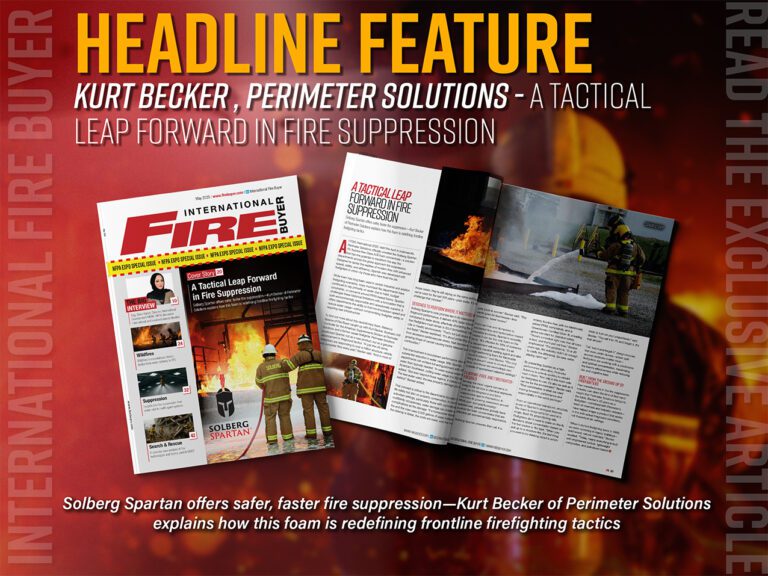Developments in emergency lighting 2019
For those who are not aware, there have been some recent updates to the standards for emergency lighting, BS 5266-1.
With the current situation there has been what is known as ‘Emergency escape lighting’, which provides indication and illumination of exit routes to enable them to be used at all times.
However, there are two new developments: safety lighting and dynamic safety signage systems. Continued monitoring of the safety of premises has identified two main areas that emergency lighting can be useful.
Safety lighting provides illumination to protect occupants who remain in a premises during a supply failure.
Dynamic Safety Signage Systems help with the input of the precise location of fire and other hazards, which enables occupants to be directed to the safest exit routes.
To define these two areas further, an explanation:
Safety Lighting– Monitoring the actions of users in a supply failure very few immediately evacuate the premises most wait to see if it is a short duration break or try and do their best to carry on as normal. Safety lighting is designed to protect anyone staying in the building during a supply failure there are a number of techniques that can be used and recommendations are given in BS 5266-1 for the minimum light levels that are appropriate.
(While a major need for emergency lighting is to assist occupants to leave the building in the case of fire it also has a safety benefit to protect the occupants when the normal lighting supply fails this includes reducing trip hazards and allowing the operation of safety critical duties).
Dynamic Safety Signage Systems DSSS Modern fire detection systemscan pin point the areas of a building contaminated by fire or smoke now operators of the premises can decide if occupants should be directed away from escape routes that are unsafe DSS Systems allow that information to be communicated to the occupants by conditioning the information provided by the escape route signage guidance on how this should be achieved and the pitfalls to be avoided is explained in the seminar.
Both of these new techniques offer considerable benefits which are added to be the new developments on product design and application.
There have been further updates, too. For your ease and convenience, you can download the presentation below:
Emergency Lighting Presentation.pdf
FIA Trainer Ian Watts presented the above PowerPoint in 2018 at Lux Live to highlight the work being conducted by both manufacturers and standards committees. CEN 169 Working Group 3 have been tasked with looking into this technology, which supports safe emergency escape lighting with the interface from other systems such as BMS and fire equipment. This integration has been formally mentioned in the latest draft issued in January 2019 for BS 7273 part 6 and CEN 169 WG3 continue to discuss how the use of Dynamic Safety Signage Systems may create directional and negated messages for safe building occupation and evacuation.
For those that would like further information about the updates to emergency lighting, the FIA runs two courses: Emergency Lighting Foundation and Design, and Emergency Lighting Advanced Maintenance and Operation. Both courses are just a day each, and contain all the information you need relating to emergency lighting and BS 5266-1.
Emergency Lighting Foundation & Design
This one-day course enables fire safety professionals to design an emergency lighting system. The course is based on BS 5266-1.
Benefits include:
- Being able to design, install, test and maintain emergency lighting systems
- Engineers will gain the knowledge and understanding to be able to provide advice on emergency lighting, design a lighting scheme and be able to install, test and maintain as required
- Course manuals to take away and refer to
Emergency Lighting Advanced Maintenance and Operation
Based on BS 5266-1, this one-day course further develops the knowledge and skills of the fire alarm engineer to include servicing & maintenance of the emergency lighting system
Benefits include:
- Engineers will be able to audit an existing system, provide advice on routine maintenance and to carry out periodic and remedial servicing
- Knowledge and understanding to be able to provide advice on emergency lighting system maintenance and servicing requirements, auditing and testing a system, completion of servicing, fault rectification and associated certification

